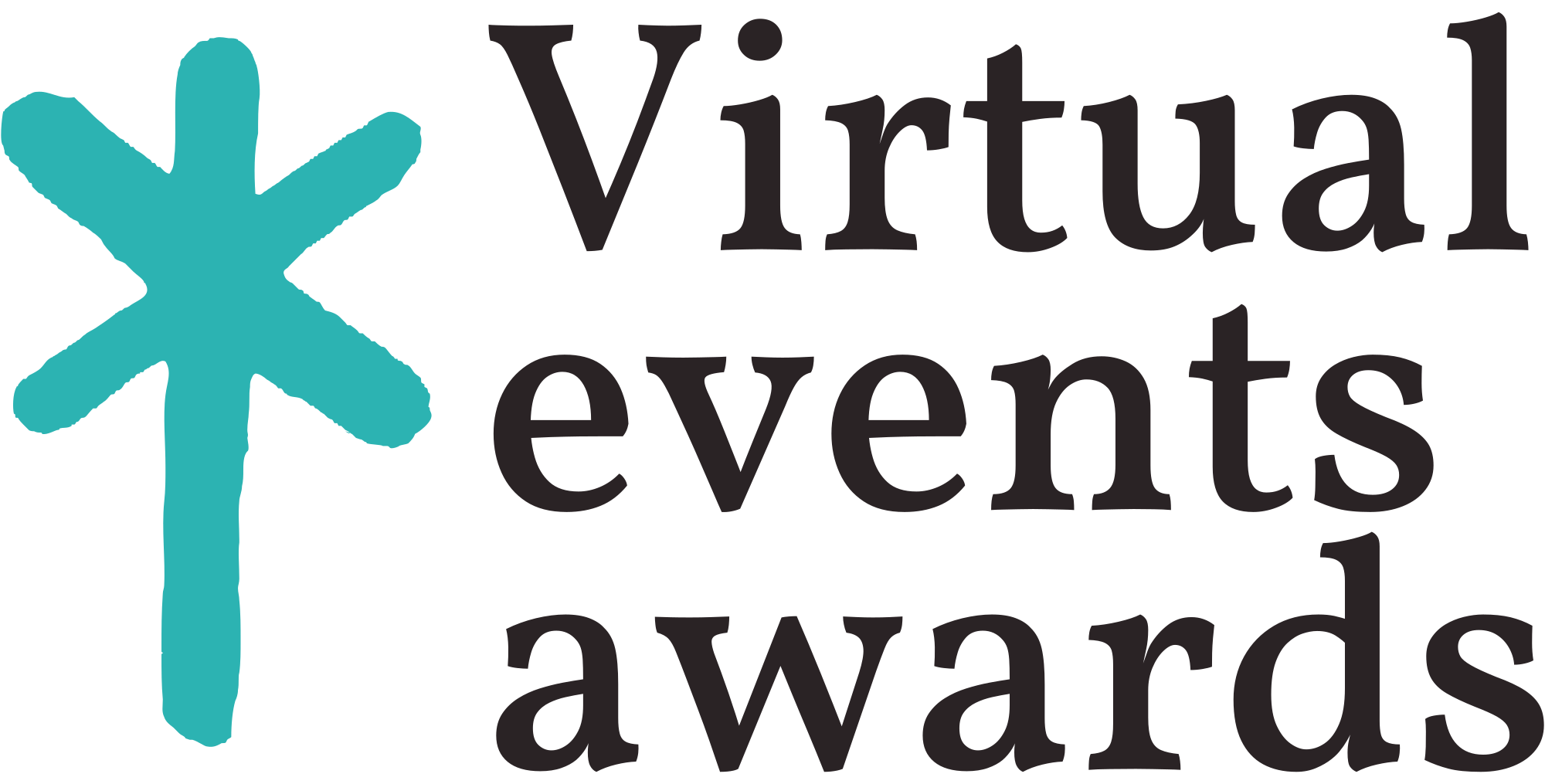Creating a Timeline for a Successful Corporate Conference
Creating a detailed timeline is an essential component of successful corporate conference planning. It provides a structured roadmap for the entire event, ensuring that all aspects are carefully coordinated and executed. To build an effective timeline, begin with a clear understanding of the event’s objectives and key milestones. The timeline should encompass pre-conference tasks such as securing a venue, developing the agenda, and promoting the event through various channels. As the conference approaches, the timeline should include deadlines for confirming speakers, finalizing presentations, and organizing any necessary materials or resources.
Moreover, creating a timeline involves meticulous scheduling of activities during the conference itself. This includes registration, keynote speeches, breakout sessions, networking breaks, and meals. It’s crucial to allocate sufficient time for each segment while allowing for flexibility to accommodate any unexpected developments. Additionally, the timeline should incorporate post-conference activities such as sending follow-up emails, gathering feedback, and assessing the event’s success against predetermined KPIs.
By developing a comprehensive timeline, event planners can effectively manage resources, maintain seamless coordination among team members, and ensure a memorable experience for attendees. Utilizing tools such as Gantt charts or project management software can streamline this process and help keep the planning on track. Ultimately, a well-constructed timeline serves as a strategic tool for orchestrating a successful corporate conference.
Key Strategies for Engaging Attendees at your Corporate Conference
Sure, here’s a paragraph focusing on Key Strategies for Engaging Attendees at a Corporate Conference:
Engaging attendees is crucial for the success of any corporate conference. To achieve this, consider incorporating interactive elements such as live polls, Q&A sessions, and networking activities into the conference agenda. Additionally, utilizing event technology solutions like event apps can enhance engagement by providing attendees with easy access to event information, interactive maps, and networking opportunities. Another effective strategy is to curate dynamic and diverse content, including engaging speakers, panel discussions, and hands-on workshops that cater to the interests of your attendees. Moreover, creating opportunities for one-on-one interactions and meaningful connections can significantly boost attendee engagement. By implementing these key strategies, you can ensure that your corporate conference leaves a lasting impact on all participants.
Streamlining Logistics: Essential Steps for Corporate Event Planning
When it comes to planning a successful corporate conference, streamlining logistics is crucial to ensure a seamless and well-executed event. Here are the essential steps to consider when it comes to the logistics of corporate event planning:
- Develop a Detailed Timeline: Creating a comprehensive timeline that outlines all logistical aspects such as venue setup, audiovisual arrangements, and transportation schedules is vital for keeping everything on track.
- Vendor Management: Careful selection and management of vendors for catering, AV equipment, and other services play a significant role in the overall logistics of the event. Clear communication and well-defined contracts are essential.
- Attendee Management: Utilizing efficient registration and check-in processes can streamline the logistics of managing a large number of attendees. Utilizing event management software can be immensely beneficial in this regard.
- Transportation and Accommodation: Coordinating transportation and accommodations for out-of-town guests requires meticulous planning to ensure a smooth and hassle-free experience for all attendees.
- Technology Integration: Incorporating the latest event management technology can streamline logistics, from digital event guides to RFID badges for streamlined access control and tracking attendee movement.
- Emergency Preparedness: Implementing a comprehensive contingency plan and having a dedicated team to handle any unforeseen logistical issues is imperative for the overall success of the event.
- On-Site Coordination: Designating a team to oversee on-site logistics, including setup, vendor coordination, and attendee assistance, is essential for the smooth running of the event.
- Feedback and Evaluation: Gathering feedback and evaluating key logistical aspects post-event is crucial for identifying areas of improvement and enhancing future event planning processes.
- Legal and Permits: Ensuring compliance with all legal requirements, permits, and regulations related to the event venue and logistics is vital to avoid any last-minute disruptions.
- Budget Management: Efficient financial planning and oversight of logistics-related expenses are essential to prevent budgetary overruns and ensure cost-effective event execution.
By implementing these essential steps in streamlining logistics, corporate event planners can ensure a well-organized and successful conference that leaves a lasting positive impression on attendees.





